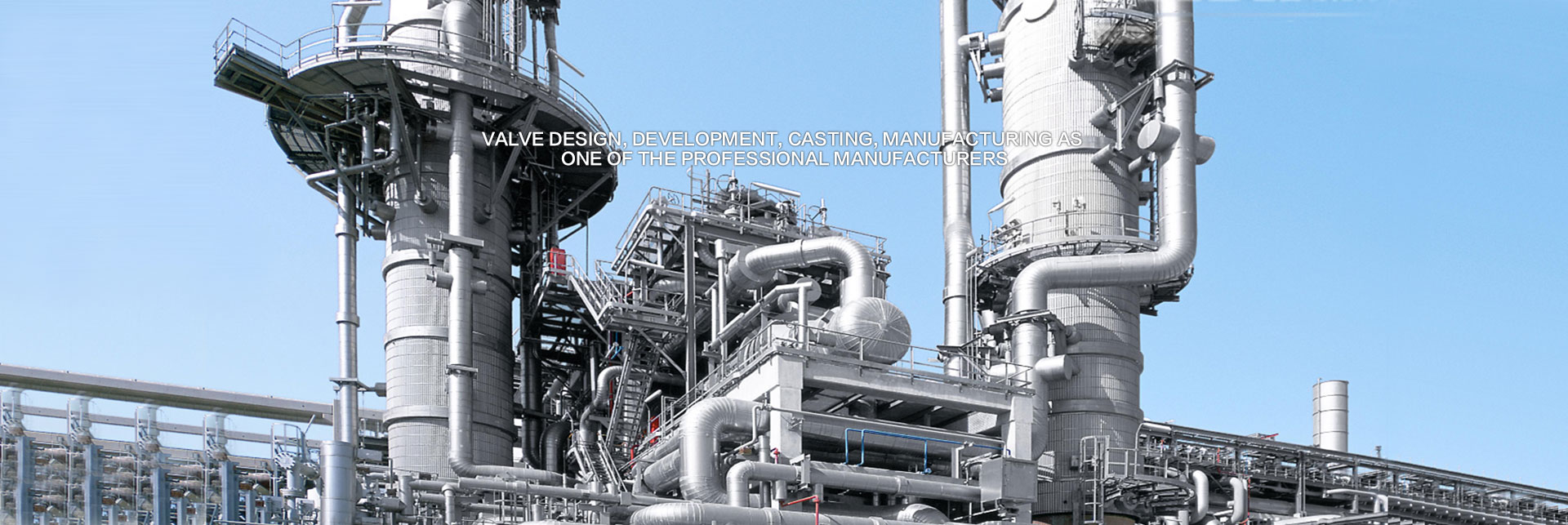Cause analysis of defects in valve casting during production
1. The stomata
This is a small cavity formed by the gas that cannot be escaped from the metal during solidification. Its inner wall is smooth and contains gas, and it has a high reflectivity to ultrasonic wave. However, because it is basically spherical or ellipsoidal, it is also a point defect, which affects its reflected amplitude. After forging or rolling, the pores in ingots are compressed into area defects, which are favorable for ultrasonic detection.
2. Shrinkage cavity and porosity
When the casting or ingot is cooled and solidified, the volume should shrink, and the final solidified part can not be replaced by liquid metal, thus forming a void defect. Large and concentrated voids are called shrinkage holes, and small and dispersed voids are called loose. They are generally located in the last solidified part of the ingot or casting center. The inner wall is rough, and there are many impurities and small pores around them. Due to the law of thermal expansion and cold shrinkage, shrinkage holes are inevitable, but they have different shapes, sizes and positions with different processing methods. When they extend to casting or ingot body, they become defects. If the shrinkage cavity is not removed and brought into the forgings, the ingot will become the residual shrinkage cavity (shrinkage cavity residual, residual shrinkage pipe).
3. The slag
Slag inclusion defect is formed when the slag or refractory material on the furnace body breaks off and enters the liquid metal during the melting process and gets involved in the casting or ingot body during pouring. Slag inclusion usually does not exist in a single, often dense state or dispersed in different depths, it is similar to the volume type of defects but often have a certain degree of linearity.
4. The inclusions
Reaction products (such as oxides, sulphides, etc.) in the melting process - non-metallic inclusion, or some components of the metal components of the additive material is not completely melted and residual metal inclusion, such as high density, high melting point components - tungsten, molybdenum, etc.
5. Segregation
The segregation of castings or ingots mainly refers to the composition segregation caused by uneven distribution of components in the smelting process or the melting process of metals. The mechanical properties of regions with segregation are different from the mechanical properties of the entire metal matrix, and the difference beyond the allowable standard range becomes a defect.
6. Casting cracks
Of casting cracks is mainly due to the metal cooling solidification contraction caused by the stress exceeds the limit of material strength, it is related to the shape of the casting design and casting process, also with some high content of impurities in the metal materials caused by cracking sensitivity about (such as sulfur content high brittleness, high phosphorus content with cold brittleness, etc.). Axial crystal cracks may also occur in ingots. If they cannot be forged together in the subsequent open-billet forging, they will remain in the forgings and become internal cracks in the forgings.
7. Cold insulation
This is a kind of stratification peculiar to the casting defects, mainly related to the casting casting process design, when it is pouring liquid metal, due to interruption of splash, double wave, pouring, or from two different directions (or more) metal flow meet, because the liquid metal semi-solid film on the casting cooling formation on the surface of the body and form a membrane of the area of defects.
8. Skull patch
This is when the steel from ladle to mold casting ingot, because pouring interrupt, pause, first poured into the surface of the liquid metal rapidly cooled in air oxidation film formation, continuing pouring new pouring into the liquid metal to break through its turn into steel ingot and formed a kind of stratification (area) defect, it is not in the subsequent breakdown of ingot forging forging close to eliminate.
anisotropy
When casting or steel ingot is cooled and solidified, the cooling speed from the surface to the center is different, so different crystal structures will be formed, which is manifested as anisotropy of mechanical properties, and also leads to anisotropy of acoustic properties, that is, there are different sound velocities and sound attenuation from the center to the surface. The existence of this anisotropy will have a bad effect on the size and position of casting defects in ultrasonic testing.









